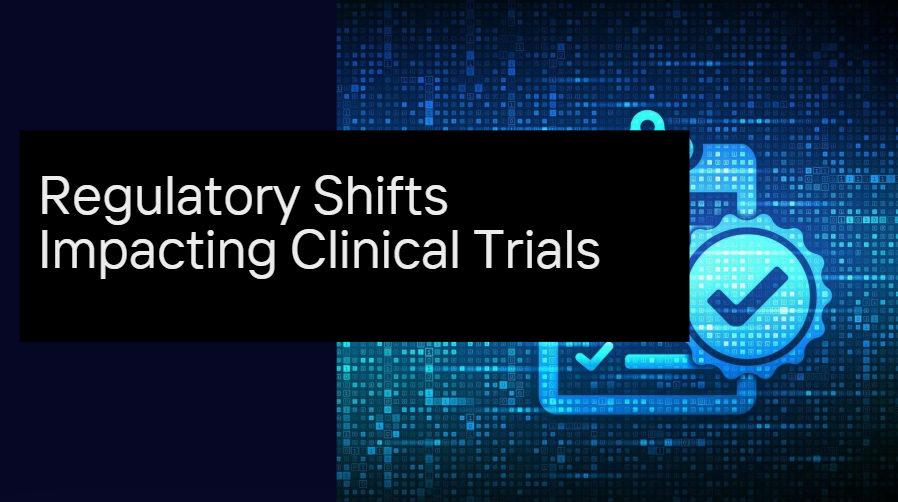In 2025, the European healthcare sector experienced a major resurgence in mergers and acquisitions (M&A), fueled by technological innovation, demographic shifts, and strategic corporate realignments. After a quieter period in 2023 and early 2024, the market rebounded strongly, showcasing high-value deals, greater private equity (PE) participation, and a particular focus on digital health, biotech, and pharmaceuticals.
Market Rebound and Strategic Realignments
The European healthcare M&A landscape recovered impressively in 2025. Improved macroeconomic conditions—including stabilizing inflation, lower interest rates, and clearer regulatory environments—revived investor confidence. Notable corporate movements included:
-
DCC Healthcare Divestiture: DCC sold its healthcare division to Investindustrial for £945 million, allowing DCC to concentrate fully on its core energy operations. This move marked a strategic shift towards specialization and operational focus.
-
Sanofi’s Consumer Health Sale: French pharmaceutical giant Sanofi agreed to sell its consumer healthcare unit, Opella, to private equity firm Clayton Dubilier & Rice for €16 billion. To ease political concerns, the French government and Bpifrance acquired minority stakes to ensure local stability and protect jobs in France.
These strategic changes emphasized a broader market trend: companies are refocusing efforts on core strengths, shedding non-core assets, and reshaping portfolios to adapt to emerging health industry demands.
Private Equity’s Expanding Influence
Private equity firms played an increasingly dominant role in healthcare M&A in 2025, accounting for a record share of deal volumes. PE investors showed strong appetite for several high-growth healthcare niches:
-
Biopharma: Driven by breakthroughs in precision medicine and biotech innovation, biopharma firms attracted significant PE interest.
-
Contract Research Organizations (CROs): As the pressure to expedite drug development intensifies, CROs emerged as critical partners, leading to heightened acquisition activity.
-
Medical Technology: Advances in diagnostics, robotics, and AI-enhanced treatment methods made medtech firms hot targets.
Emerging areas like mental health services, healthcare IT platforms, and sustainable biomanufacturing also drew investor interest, indicating a move toward tech-enabled and environmentally conscious healthcare solutions.
Digital Health and AI Integration
The integration of digital health and artificial intelligence (AI) was a central theme in 2025’s M&A activity. Trends included:
-
Telehealth Consolidation: Virtual care providers continued to merge and scale up as telehealth became a permanent fixture of European healthcare delivery.
-
AI-Driven Diagnostics: Companies developing AI-based medical imaging and diagnostic tools attracted major investment as AI proved capable of increasing diagnostic accuracy and efficiency.
-
Digital Therapeutics: Businesses offering app-based treatments for chronic conditions and mental health gained traction as healthcare systems sought scalable, cost-effective solutions.
These shifts underscored how technology is no longer an add-on but a fundamental part of the health sector’s DNA.
Biopharma’s Strategic Deals
Biopharmaceutical companies pursued aggressive M&A strategies in 2025, driven by the need to replenish product pipelines and defend against the impact of upcoming patent cliffs. Noteworthy deals included:
-
Johnson & Johnson’s Acquisition of Intra-Cellular Therapies: J&J purchased this innovative company for $14.6 billion, aiming to expand its portfolio in psychiatry and neurology.
-
GSK’s Acquisition of IDRx Inc.: In a deal worth up to $1.15 billion, GSK strengthened its oncology capabilities, especially in treatments for gastrointestinal stromal tumors.
These acquisitions illustrate how major pharmaceutical firms are increasingly relying on external innovation to stay competitive in the rapidly evolving life sciences landscape.
Cross-Border and International Expansion
Cross-border M&A activity increased notably as European healthcare firms sought to enter new markets, acquire new technologies, and diversify geographically. A prominent example was:
-
Sonic Healthcare’s Purchase of LADR: The Australian diagnostics giant acquired Germany’s LADR Group for €423 million, significantly expanding its European laboratory services presence.
Cross-border deals allowed companies to tap into broader patient pools, leverage best practices across regions, and bolster resilience against localized economic or political shifts.
Regulatory Landscape and Challenges
Despite the optimism, regulatory scrutiny intensified in 2025. Key challenges included:
-
Antitrust Review: Regulators across the EU ramped up antitrust reviews, especially for large mergers that could limit competition or concentrate market power.
-
Data Privacy Compliance: The General Data Protection Regulation (GDPR) and other evolving privacy laws required companies, particularly those dealing with digital health records, to build robust data governance frameworks.
Regulatory complexity meant that successful deals often required thorough due diligence, early engagement with regulatory bodies, and sophisticated legal structuring.
Outlook and Future Directions
Looking ahead, the European healthcare M&A market is poised for continued growth through the late 2020s. Key drivers include:
-
Technology and AI Innovation: Companies offering AI-driven diagnostics, robotic surgery platforms, and personalized medicine technologies will remain highly sought-after.
-
Demographic Pressures: An aging population across Europe will continue to drive demand for healthcare services, long-term care facilities, and chronic disease management innovations.
-
Sustainability Trends: Environmental, social, and governance (ESG) criteria are becoming more important in healthcare investments, leading to growing interest in sustainable biomanufacturing, eco-friendly packaging, and green clinical trials.
Industry stakeholders who can adapt quickly to these forces—while balancing regulatory, operational, and market risks—are likely to thrive.



